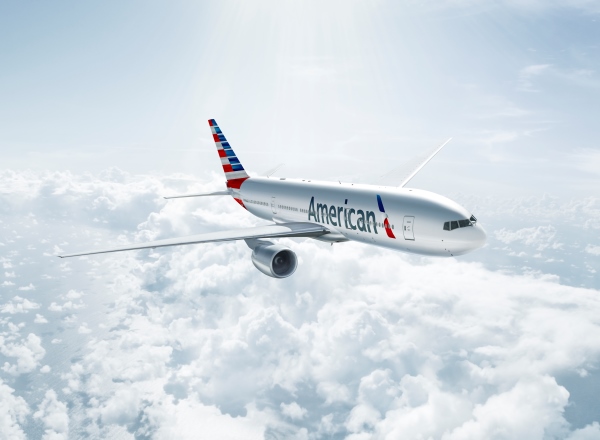Airline demand not only rebounded out of the recession — it skyrocketed to new records. If international travel is any reasonably measure of the global economy on both business-travel and personal-travel levels, then businesses have reason to optimistic, especially the airlines.
According to the The International Air Transport Association (IATA), airlines globally saw a 5.2% increase in passenger demand compared with 2012. The 2013 performance was in line with the average annual growth rate of the past 30 years. Capacity rose 4.8%, and load factor averaged 79.5%, a 0.4 point increase over 2012.
Demand in international markets (5.4%) expanded at a slightly faster rate than domestic travel (4.9%).
Strongest overall growth (domestic and international combined) was recorded by carriers in the Middle East (11.4%), followed by Asia-Pacific (7.1%), Latin America (6.3%) and Africa (5.2%). The slowest growth was in the developed markets of North America (2.3%) and Europe (3.8%).
While airlines in the Middle East, led by Emirates, have been expanding rapidly in an attempt to become global carriers, airlines in old-world Europe have done poorly. Alitalia, the Italian flagship carrier, has been in deep financial distress. British Airways has merged with Iberia, Spain’s flagship, to reduce costs.
Remarkably, carriers in the United States, where airline bankruptcies have been common, had a good year in 2013. American Airlines parent AMR merged with US Airways to create American Airlines Group (NASDAQ: AAL) and has shown strong earnings. The earlier combinations which created United Continental Holdings (NYSE: UAL) and Delta Air Lines (NYSE: DAL) have also taken costs out of operations by eliminating redundancies, and, in many cases, duplicate routes.
Investors have liked the results. The NYSE Arca Airline Index jumped 57.6% in 2013 and is up 3.1% so far this year.
Rising traffic should also benefit the two largest plane manufacturers long term. Boeing (NYSE: BA) and Airbus Group (OTC: EADSY) have each forecast years of growth in demand for new planes, particularly in China.
At this point, they have cause for optimism. China’s market continues to expand rapidly. According to the IATA, Chinese traffic climbed 11.7% in 2013 from 2012, the biggest year-over-year gain for any market. Capacity rose 12.2% last year. While that dropped the load factor 0.6 percentage points to 80.3%, that level was still second best among markets.
In sum, carrier consolidations have started to create efficiency in an industry which was anything but efficient for years. And this is happening in tandem with strong demand.
Take Charge of Your Retirement In Just A Few Minutes (Sponsor)
Retirement planning doesn’t have to feel overwhelming. The key is finding expert guidance—and SmartAsset’s simple quiz makes it easier than ever for you to connect with a vetted financial advisor.
Here’s how it works:
- Answer a Few Simple Questions. Tell us a bit about your goals and preferences—it only takes a few minutes!
- Get Matched with Vetted Advisors Our smart tool matches you with up to three pre-screened, vetted advisors who serve your area and are held to a fiduciary standard to act in your best interests. Click here to begin
- Choose Your Fit Review their profiles, schedule an introductory call (or meet in person), and select the advisor who feel is right for you.
Why wait? Start building the retirement you’ve always dreamed of. Click here to get started today!
Thank you for reading! Have some feedback for us?
Contact the 24/7 Wall St. editorial team.
